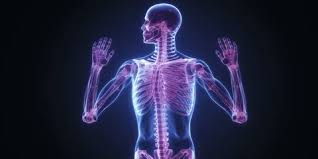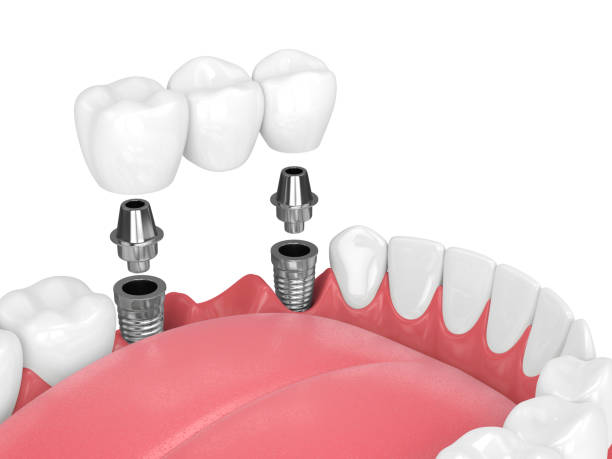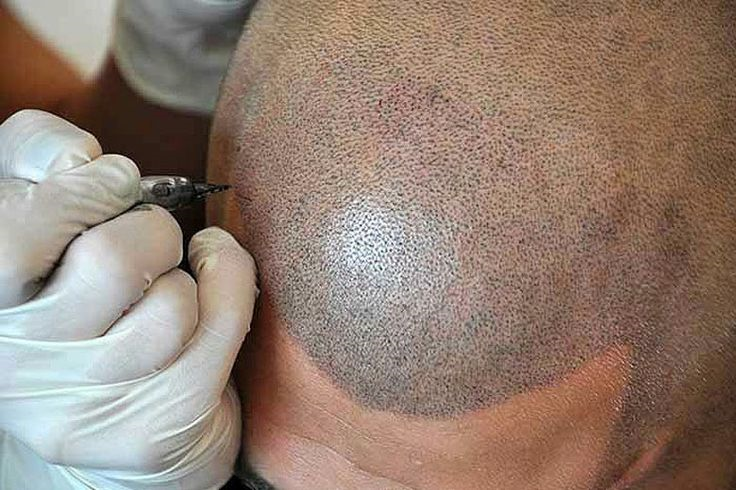Introduction
DJD ICD 10, commonly known as osteoarthritis, is the most prevalent type of arthritis, affecting millions of people worldwide. It is characterized by the gradual breakdown of joint cartilage, leading to pain, stiffness, and limited mobility. For healthcare providers, insurance companies, and medical coders, accurate classification and documentation of DJD is critical.
That’s where the ICD-10 (International Classification of Diseases, 10th Revision) coding system comes in. The ICD-10 provides standardized diagnostic codes that allow healthcare professionals to properly record, bill, and track medical conditions, including DJD.
This blog provides a detailed guide to the DJD ICD-10 code, including its structure, uses, subcategories, and the importance of accurate coding.
What is DJD?
DJD ICD 10, or osteoarthritis, occurs when the protective cartilage that cushions the ends of bones wears down over time. While it can affect any joint, it is most common in the:
-
Knees
-
Hips
-
Hands
-
Spine
Symptoms often include:
-
Joint pain during or after movement
-
Tenderness when pressure is applied to the joint
-
Stiffness, especially in the morning
-
Loss of flexibility
-
Grating sensation in the joint
-
Bone spurs around affected joints
What is ICD-10?
The International Classification of Diseases, 10th Revision (ICD-10) is a globally recognized system maintained by the World Health Organization (WHO). It assigns specific alphanumeric codes to medical diagnoses and conditions, making it easier to:
-
Standardize documentation across healthcare systems
-
Track disease prevalence worldwide
-
Ensure accurate billing and insurance claims
-
Facilitate research and clinical studies
For DJD, the ICD-10 provides a wide range of codes based on location (which joint is affected) and laterality (whether it’s the left, right, or unspecified side).
DJD ICD-10 Codes Overview
The primary ICD-10 code category for osteoarthritis/DJD is M15–M19 under the chapter Diseases of the musculoskeletal system and connective tissue.
Here’s a breakdown:
-
M15 – Polyosteoarthritis (multiple joints)
-
M16 – Osteoarthritis of hip
-
M17 – Osteoarthritis of knee
-
M18 – Osteoarthritis of first carpometacarpal joint (base of the thumb)
-
M19 – Other and unspecified osteoarthritis
Commonly Used DJD ICD-10 Codes
1. DJD of the Knee (M17)
-
M17.0 – Bilateral primary osteoarthritis of knee
-
M17.1 – Unilateral primary osteoarthritis of knee
-
M17.2 – Bilateral post-traumatic osteoarthritis of knee
-
M17.9 – Osteoarthritis of knee, unspecified
2. DJD of the Hip (M16)
-
M16.0 – Bilateral primary osteoarthritis of hip
-
M16.1 – Unilateral primary osteoarthritis of hip
-
M16.2 – Bilateral post-traumatic osteoarthritis of hip
-
M16.9 – Osteoarthritis of hip, unspecified
3. DJD of the Spine
-
M47.812 – Spondylosis without myelopathy or radiculopathy, cervical region
-
M47.816 – Spondylosis without myelopathy or radiculopathy, lumbar region
4. General and Other DJD Codes
-
M19.90 – Unspecified osteoarthritis, unspecified site
-
M19.91 – Unspecified osteoarthritis, right site
-
M19.92 – Unspecified osteoarthritis, left site
These codes provide specificity so that medical records reflect the exact diagnosis.
Importance of Accurate DJD ICD-10 Coding
Correct coding is essential for multiple reasons:
-
Insurance and Billing: Claims with incomplete or incorrect codes may be denied, causing financial issues for healthcare providers and patients.
-
Medical Accuracy: Precise coding ensures the patient’s medical history is properly recorded.
-
Research and Statistics: Accurate coding helps track disease trends, supporting public health research.
-
Treatment Planning: Knowing the exact location and severity of DJD helps providers tailor treatment plans.
Challenges in DJD Coding
Even though ICD-10 is detailed, coding for DJD can be complex. Common challenges include:
-
Laterality issues: Forgetting to code whether the condition affects the left or right side.
-
Unspecified coding: Using general codes (like M19.90) when more specific ones are available.
-
Multiple joint involvement: Patients with DJD often have several joints affected, making coding more complex.
Healthcare coders must carefully review physician notes, radiology reports, and lab findings to assign the most accurate ICD-10 codes.
DJD Treatment and Documentation Considerations
While coding primarily focuses on documentation, it’s important to understand treatment approaches for DJD. Treatment plans often include:
-
Lifestyle modifications (weight management, exercise)
-
Medications (NSAIDs, corticosteroids)
-
Physical therapy
-
Assistive devices (braces, canes)
-
Surgical interventions (joint replacement in severe cases)
Accurate documentation of these treatments alongside ICD-10 codes helps improve patient outcomes and ensures compliance with insurance requirements.
The Future of DJD Coding
With advances in technology, coding systems may become more automated, using AI-assisted coding software to improve accuracy. Additionally, the eventual adoption of ICD-11 will introduce even more detailed codes for osteoarthritis and degenerative conditions.
Healthcare professionals must stay updated to ensure smooth transitions and compliance.
Conclusion
Degenerative Joint Disease (DJD) is one of the most common chronic conditions worldwide, and proper coding through DJD ICD 10 is essential for accurate documentation, billing, and treatment planning.
The ICD-10 codes for DJD (M15–M19) provide detailed classifications based on location and laterality, ensuring precision in medical records. While coding can be complex, mastering DJD ICD-10 codes is crucial for medical coders, healthcare providers, and insurance professionals alike.
By understanding and applying the correct ICD-10 codes for DJD, healthcare systems can ensure patients receive timely care, insurance processes run smoothly, and global health statistics remain accurate.







0 Comments